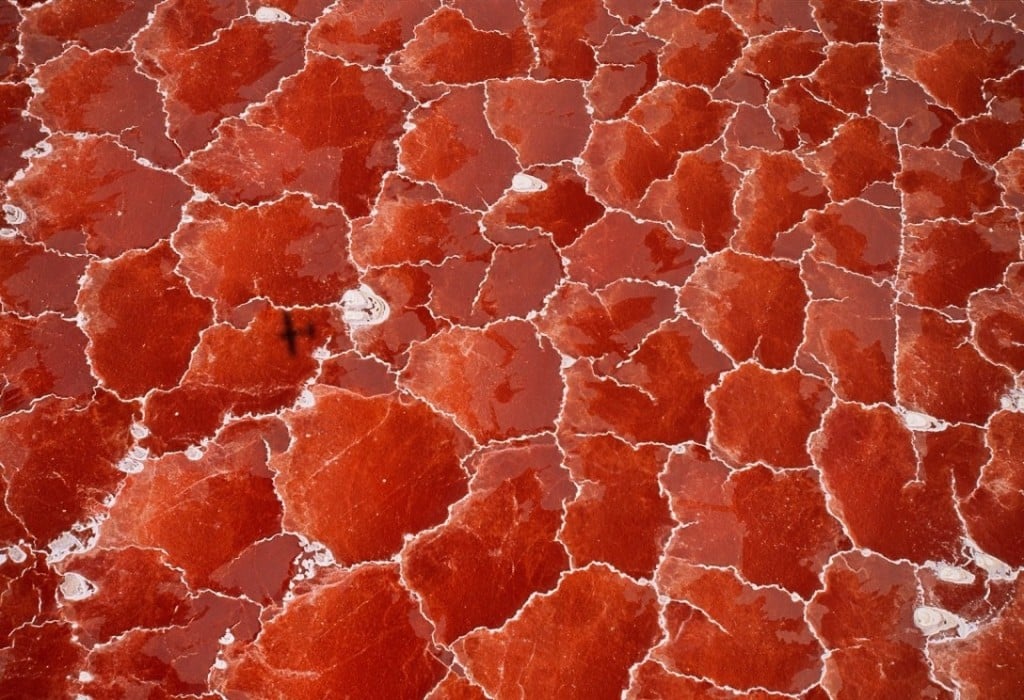
Lake Natron of Tanzania has seen some of the most phantasmagorical spectacles of life – animals turning into stone. After crashing into the deadly waters of Lake Natron, unlucky birds are found calcified and hardening to stone-like structures.
The alkaline waters of the Lake Natron has a high pH of 10.5 that comes from the sodium carbonate that flows into the lake from the hills surrounding the lake. It is so erosive, that it can burn the skin and eyes of some animals. It also acts a great preservative! The reason the animals look like stone statues is because the type of preservation that occurs is very similar to Egyptain mummification. The high salt content erodes, and hardens the bodies of birds, making them look like stone.
There are however animals that have adapted to the alkaline conditions. In fact the myth about animals turning into stone is not only false, it is completely absurd! The lake does however threaten much wildlife due to its harsh conditions. Surprisingly, Lake Natron is also the breeding area for 2.5 million Lesser Flamingoes! The birds not only survive the unforgiving environment at Lake Natron, but in fact call it home. They are happy to feed off the blue-green algae that grows there and are also kept safe from predators who avoid it. Lake Natron is also the site of a thriving ecosystem of salt mashes, freshwater wetlands, other birds, tilapia and algae.
Lake Natron is but one out of two alkaline lakes that inhabit that area of East Africa. Both lakes, Lake Natron and Lake Bahi do not drain out to any sea but are fed by hot springs and smaller rivers. In the hot climate, their water temperatures can become as high as 41 degrees Celsius, making it extremely warm.
Lake Natron is actually a very serene, undisturbed lake, and also very beautiful. It is definitely a place to go for some beautiful pictures.
Inspired? Here’s how you can make your travel happen:
TripZilla Travel Packages to Tanzania
Image credits: http://bit.ly/1kK9JD7





